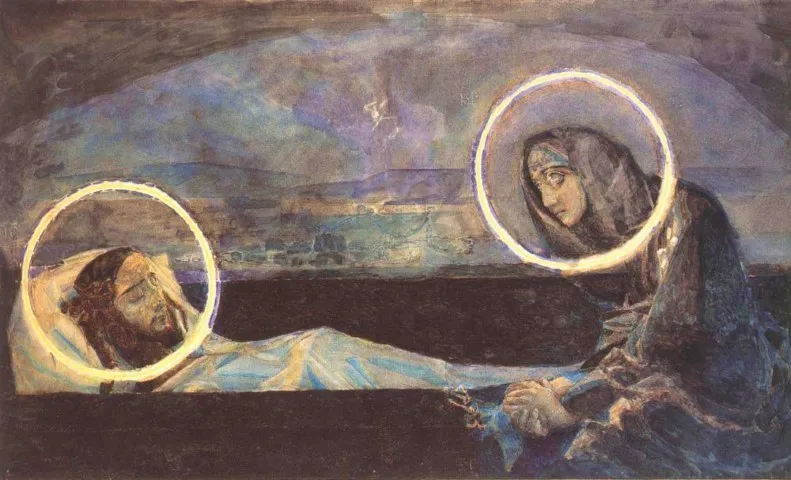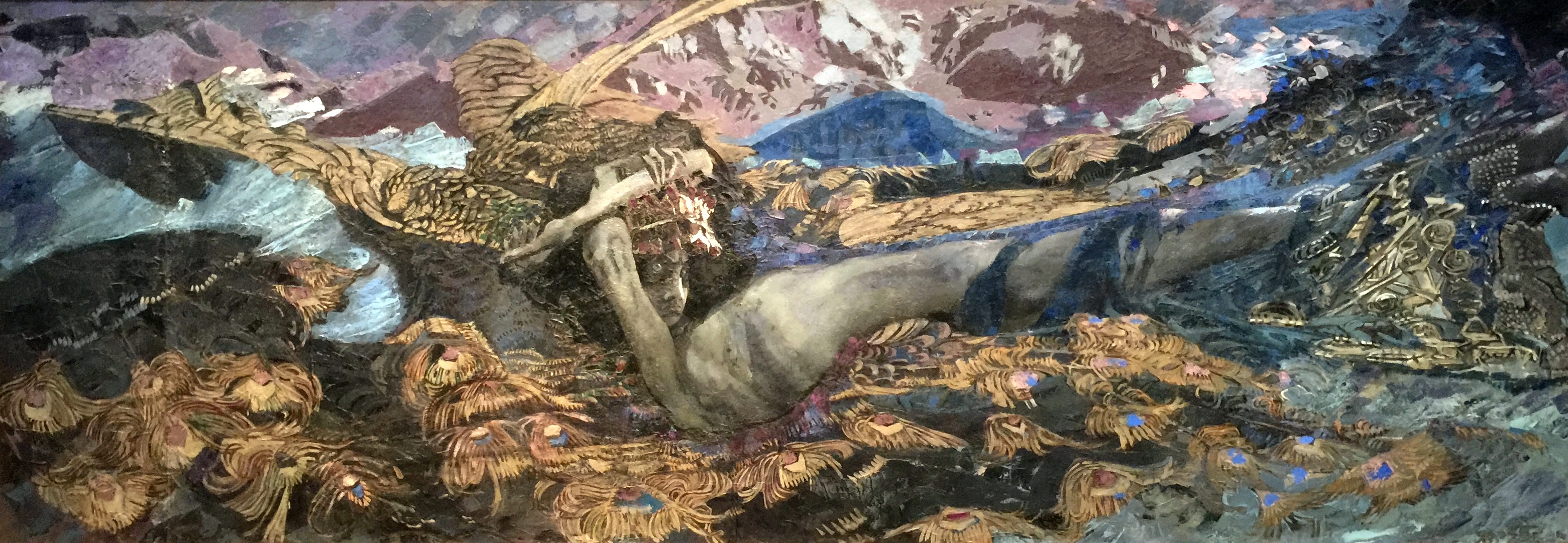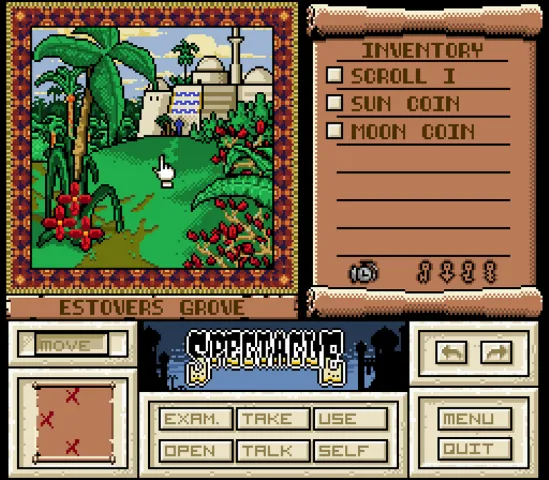
Why is Mikhail Vrubel so underrated?
Tuesday, September 3, 2024 | Written by fishbowlforever
Mikhail Vrubel is a great artist, but why isn't he more well known?
Mikhail Vrubel, a Russian painter associated with the Symbolist movement, remains one of the most intriguing yet underappreciated artists of the late 19th and early 20th centuries. While his contemporaries like Vincent van Gogh and Claude Monet are celebrated worldwide, Vrubel’s work has often been overlooked by the western world. This article explores the reasons behind this underappreciation and why Vrubel deserves more recognition.
The Unique Style of Mikhail Vrubel
Vrubel’s art is characterized by a distinctive blend of realism and fantasy. His works often depict mythological and religious themes, infused with an eerie, dreamlike quality that sets them apart from the works of his peers. He was a master of conveying deep emotion and symbolism through the use of color, form, and texture.
The Demon Series
Some of his most famous works are the “Demon” paintings, Demon Seated (1890) and The Demon Downcast (1902), which also marked the start and end of one of his creative periods. These works, inspired by Mikhail Lermontov’s poem The Demon, illustrate a figure that is both powerful and tragic, embodying a complex interplay of beauty and despair.
_-_Google_Art_Project.jpg/2880px-Mikhail_Vrubel_-_Демон_(сидящий)_-_Google_Art_Project.jpg) The Demon Seated (1890)
The Demon Seated (1890)
 The Demon Downcast (1902)
The Demon Downcast (1902)
The Struggle for Recognition
Despite his exceptional talent, Vrubel struggled for recognition during his lifetime. His style was too unconventional for the Russian art scene at the time, which was dominated by the more traditional and realistic works of the Peredvizhniki (The Wanderers). Vrubel’s Symbolism, with its abstract and often unsettling themes, did not align with the artistic norms of his day, leading to a lack of appreciation from both critics and the public.
Health and Personal Struggles
Vrubel’s personal life was marked by tragedy and mental illness. He suffered from bipolar disorder, which deeply affected his work and personal relationships. His deteriorating mental health led to his confinement in a psychiatric hospital, where he continued to paint until his eyesight failed. The tragedy of his life often overshadowed the brilliance of his work, contributing to his posthumous obscurity.
Pan (1899)
Vrubel’s Legacy
Today, Vrubel’s work is slowly gaining the recognition it deserves. His influence on Russian art, particularly in the realms of Symbolism and Art Nouveau, is undeniable. Contemporary artists and art historians are beginning to appreciate the depth and complexity of his work, recognizing Vrubel as a visionary who was ahead of his time.
.jpg) The Swan Princess (1900)
The Swan Princess (1900)
Conclusion
Mikhail Vrubel’s underappreciation can be attributed to his unconventional style, the struggles he faced during his lifetime, and the overshadowing of his work by his personal tragedies. However, as art lovers and historians continue to explore the depths of his work, Vrubel’s place in the pantheon of great artists is becoming more secure. It’s time the world recognized the genius of Mikhail Vrubel, an artist who dared to dream beyond the constraints of his era.
All images used are in the public domain and can be found on Wikimedia Commons.


